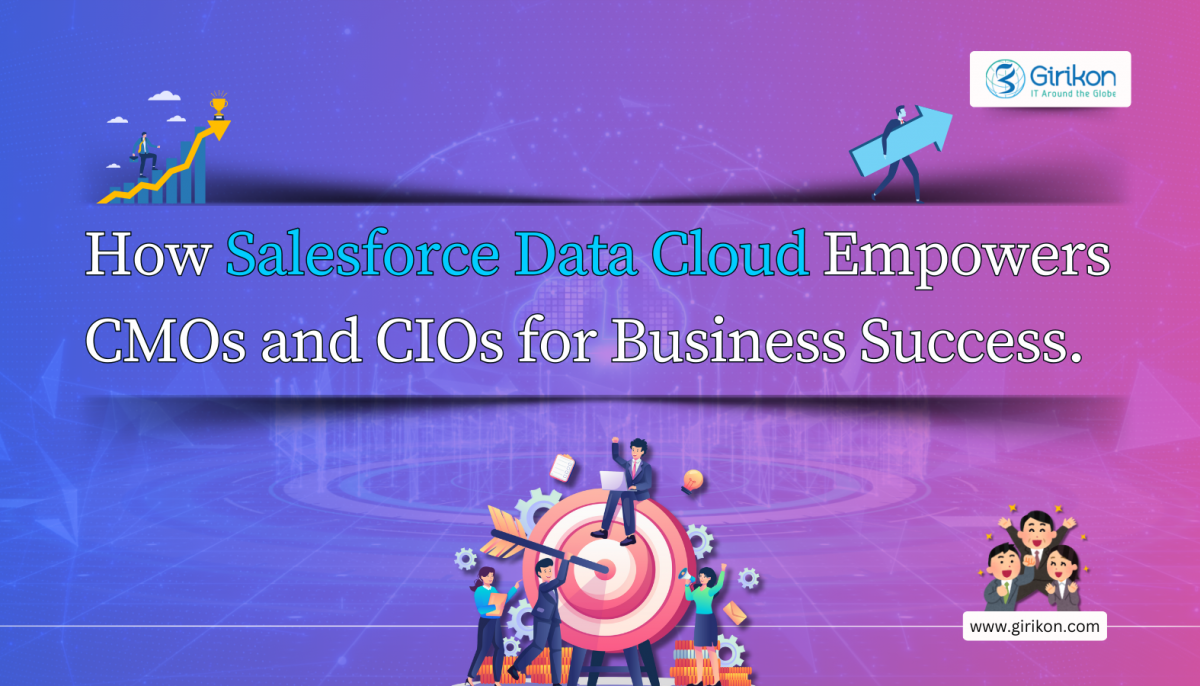Our Blogs
Digital transformation is not a goal post. It’s a continuous journey involving the evolution of people and processes. Here are some of the steps you could take to transform your business digitally and advance your business growth.

How can you advance transformation in an hour?
Do your homework. Education is the first step to empowerment. Study about organizations that have had a successful digital transformation. There are many great case studies to explore. Comb your network and identify someone that you might know at a senior level who was part of the digital transformation at one of these companies. Schedule a time for a discussion to pick their brain. In fact, do one better. Become a customer of these businesses if you are not one already. Use their app, social media pages or other digital touchpoints to get a first-hand experience of what they have created and how they deliver the customer experience.
Get conversational. For most people, the phrase digital transformation can seem ambiguous. It’s a broad term and a discussion on it may revolve around technology, business models, and emerging trends. Businesses are embracing new technologies to reinvent how they work, to connect with customers, and to innovate. It would be prudent to invest an hour in reading the latest about how business leaders see the future of work, navigating through change, and the impact of technology on the economy from renowned publications and organizations such as the World Economic Forum.
Identify a champion. Even before COVID19, many digital transformation initiatives did not work out. In fact, some of them failed miserably. And this evidence became immediately tied to digitization without clearly defined purpose, outcomes, or ROI. Avoid these pitfalls by identifying a champion for your digital transformation, be it the CTO or someone else, who can own and drive the change from the very start. They should have clear and to the point discussions with all business units about what digital transformation implies and what they will get out of it. And while you identify that champion, also come up with a responsibility matrix for cross-functional overlap and ownership.
How can you advance transformation in one quarter?
Run an innovation pilot. Choose a customer journey that you recognize must be digitized. Put together a small cross-functional team (take the help of an external consultant if required) and throw them the gauntlet. Ask them to build a digital journey prototype in three or four iterations. Hand over this pilot to real customers to do a test drive to demonstrate what’s possible.
Automate a single business process. A simpler way to imagine digital transformation is through automation of a business process. Put together a cross functional team to use collaboration and workflow tools, for instance Salesforce Slack, to streamline or redesign a business process that is manual, repetitive and causes pain for your team today. For instance, scheduling meetings with team members spread across multiple time zones can be a difficult task. If a technology tool can help teams collaborate asynchronously, it may free up meetings stacked up in your calendar and free up staff inboxes. This improves work efficiency, augments capacity, and enables better coordination between your teams.
Identify the gaps. More often than not, business leaders don’t know what data they have access to, or where it lies. Spend time to get a complete view of data across the entire organization. Don’t just ask the senior management. Ask your peers and subordinates. The further down you go in hierarchy, the more likelihood of finding honest answers. To measure the digital transformation you seek to bring to the organization, you need to understand the true picture of all data.
How can you advance transformation in a year?
Renovate one business function. Whether it’s making your supply chain more visible by integrating the Internet of Things (IoT) and blockchain technology or if it’s renovating your data systems to support better production planning and analysis. Choose one key business function and rebuild it digitally from ground up. Set challenging goals, timelines and identify measurable criteria, and use objectives and key metrics to drive effort and outcomes.
Create a roadmap. Do achieve the desired outcome from your digital transformation, your vision and plan require critical inputs from customers and employees, to establish how technology innovation can help you meet their expectations. Eventually, driving innovation requires a great deal of perseverance built on a powerful foundation of data, tools, and skills. And digital transformation is not just the implementation of technology. It also necessitates changes in user behavior, and for that a fresh perspective may be necessary. So, don’t attempt this digital journey alone. Collaborate with technology agencies, systems integrators, consultants, and independent software vendors that can help you throughout your digital transformation journey with strategic planning, change management support, implementation best practices, training and upgrades.
Reimagine your relationships. On the other side of digital transformation lies relationship transformation. Define how you want an ideal customer and employee relationship to be, and then guide the transformation. The following questions would guide you along the journey:
- How have the operational and technology changes impacted your relationships with your customers?
- How can you improve staff efficiency?
- How can you ensure staff wellness?
- What are the areas of improvement?
- What are the areas of friction?
- What are the new ways to add value to customers and employees?
Study other companies. Not just the ones in your industry, but across the business landscape. Everyone has customers, identify who is delivering the best customer experiences. Learn from them and bring those learnings on board.
Re-imagine the way you use data. Static dashboards are a thing of the past. Instead, explore using real time data in meetings, driving the discussion with dynamic data. Augment your internal communications with data-driven insights and be transparent. Include the uncertainties these data reveal. Ensure all employees have comprehensive training on data fluency and measure the training objectives at the end of the training as a key business objective. Promote a culture of making data driven decisions. Be aware of when your employees can’t make decisions because data isn’t available, and work diligently to fill those gaps quickly.
Girikon is a Gold Salesforce Consulting Partner. We have worked with businesses across the globe and delivered success for over a decade. To know more about how Digital Transformation can benefit your business, contact an expert today.

 +1-480-382-1320
+1-480-382-1320 +44-7428758945
+44-7428758945 +61-1300-332-888
+61-1300-332-888 +91 9811400594
+91 9811400594


















